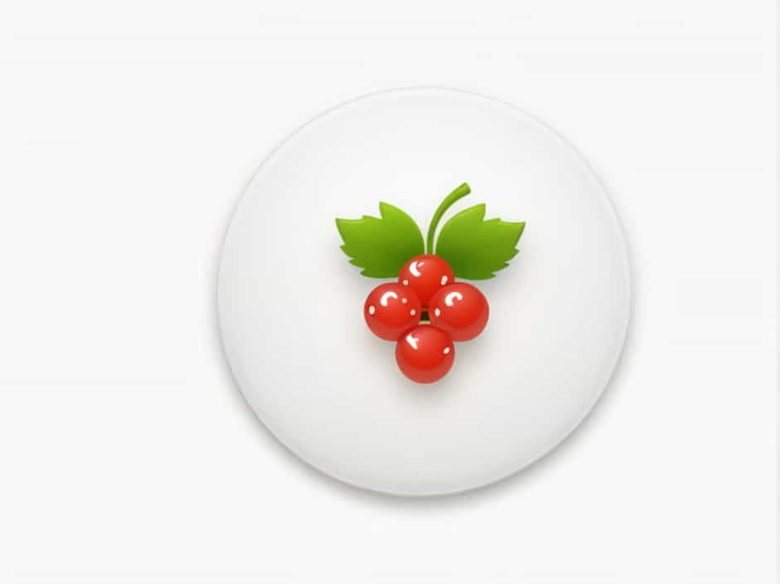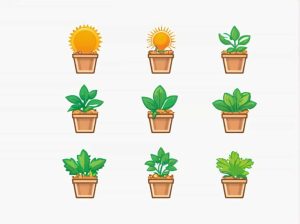The word currant can have different meanings depending on the context. Most commonly currants refer to small berries used in cooking baking and as a nutritious snack. However the term can also be used to describe a type of dried fruit which is often mistaken for raisins.
In this topic we will explore what currants are their types health benefits and how they are used in everyday life. We will also clear up common misconceptions about currants and their relation to other dried fruits.
What Is a Currant?
A currant is a small berry that belongs to the Ribes genus of flowering plants. These berries are typically red black or white and are known for their tart flavor. Fresh currants are often used in jams jellies and desserts while dried currants are commonly found in baked goods and snacks.
There are two main types of currants:
- Fresh currants – Small juicy berries from the Ribes plant family.
- Dried currants – Tiny shriveled fruits made from specific grape varieties.
The Difference Between Fresh and Dried Currants
Many people confuse fresh currants with dried currants. The key difference is that fresh currants are real berries while dried currants come from a type of grape known as Black Corinth grapes.
- Fresh currants grow on shrubs and are often used in jams sauces and fruit salads.
- Dried currants are made from small seedless grapes that have been dried like raisins.
Despite their similar names these two types of currants are quite different in taste texture and use.
Types of Currants
1. Black Currants (Ribes nigrum)
Black currants are dark purple or black berries with a strong tart flavor. They are rich in vitamin C and antioxidants making them a popular ingredient in health supplements juices and jams.
2. Red Currants (Ribes rubrum)
Red currants are bright red berries with a slightly sweet and sour taste. They are often used in jellies sauces and garnishes for desserts.
3. White Currants (Ribes rubrum var. album)
White currants are a variety of red currants but with a translucent white color. They are sweeter than red and black currants and are commonly eaten fresh.
4. Dried Zante Currants
Zante currants also called dried currants are not actual currants but dried Black Corinth grapes. They are small dark and often used in baked goods like scones fruitcakes and cookies.
Health Benefits of Currants
Currants especially fresh black currants are packed with nutrients and health benefits. Here are some reasons why you should consider adding them to your diet:
1. High in Vitamin C
Black currants contain four times more vitamin C than oranges. This helps boost the immune system and promotes healthy skin.
2. Rich in Antioxidants
Currants contain anthocyanins which are powerful antioxidants that help protect the body from oxidative stress and inflammation.
3. Supports Heart Health
The high fiber content in currants helps lower cholesterol and supports healthy blood circulation.
4. Improves Eye Health
Black currants contain lutein and zeaxanthin two nutrients that help protect the eyes from damage and improve vision.
5. Good for Digestion
Currants are high in dietary fiber which promotes healthy digestion and prevents constipation.
How Are Currants Used?
Currants are a versatile ingredient used in various ways both fresh and dried.
1. Fresh Currants in Cooking
- Added to fruit salads for a tart flavor
- Used in making jams and jellies
- Blended into smoothies for extra nutrition
2. Dried Currants in Baking
- Mixed into muffins cookies and cakes
- Used in fruit bread and traditional English scones
- Added to granola and trail mixes for a sweet-tart taste
3. Currant Juices and Teas
- Black currant juice is popular for its high vitamin C content
- Currant teas are often used as a natural remedy for colds and flu
4. Currants in Traditional Dishes
- Used in European desserts like Rote Grütze (a German berry pudding)
- Mixed into Middle Eastern dishes for added sweetness
- Included in meat dishes for a contrast of flavors
Common Misconceptions About Currants
Many people confuse currants with similar fruits. Let’s clear up some common misunderstandings:
1. Are Currants the Same as Raisins?
No currants and raisins are different. Raisins are dried grapes from larger grape varieties while Zante currants are dried Black Corinth grapes which are much smaller.
2. Are Currants and Gooseberries Related?
Yes currants and gooseberries belong to the same plant family (Grossulariaceae) but they are different fruits. Gooseberries are usually larger and have a distinct tartness.
3. Can You Eat Raw Currants?
Yes fresh currants can be eaten raw but they have a tart flavor. Many people prefer them in jams juices or baked goods.
4. Are Currants Poisonous to Dogs?
Yes currants (both fresh and dried) can be toxic to dogs. They can cause kidney failure so it’s best to keep them away from pets.
How to Store Currants Properly
Proper storage keeps currants fresh and flavorful:
- Fresh currants should be stored in the refrigerator and used within a few days.
- Dried currants should be kept in an airtight container in a cool dry place to prevent moisture and mold.
- Frozen currants can last up to a year and are great for smoothies and baking.
Currants are small but incredibly nutritious berries that come in different varieties including black red and white currants. While fresh currants are rich in vitamins and antioxidants dried currants (Zante currants) are a popular ingredient in baking.
Understanding the difference between fresh and dried currants helps avoid confusion with raisins and other dried fruits. Whether you enjoy them in jams baked goods or as a snack currants offer both flavor and health benefits making them a great addition to any diet.



